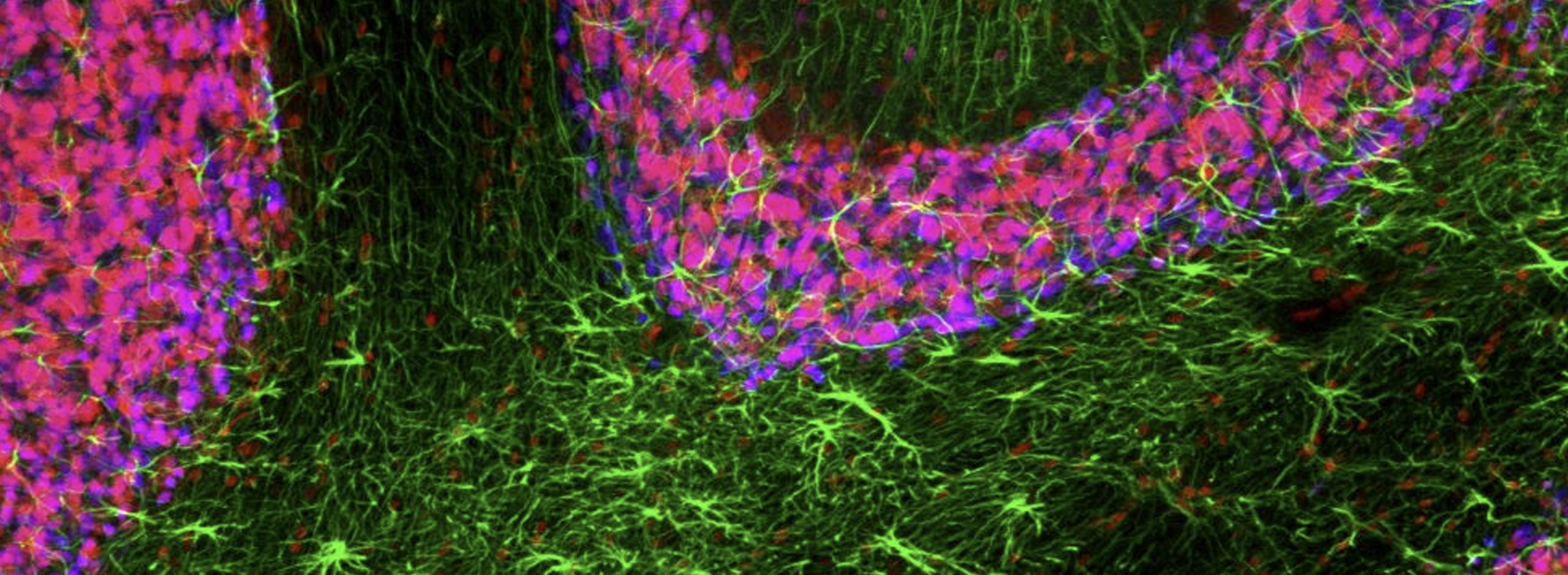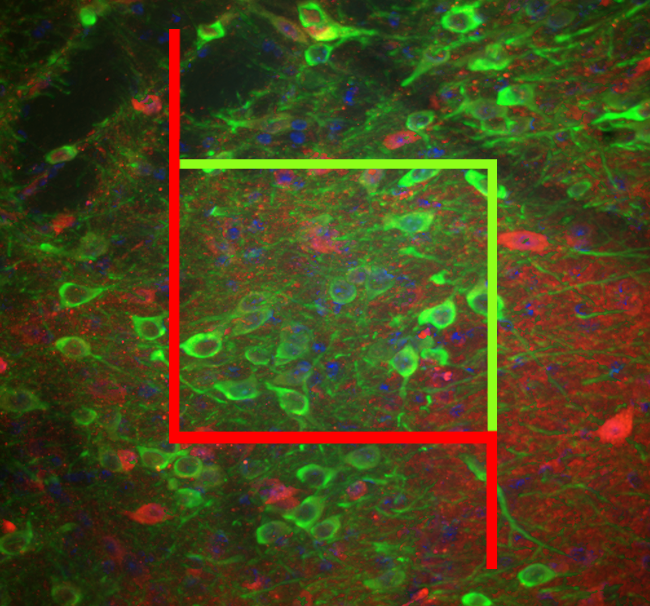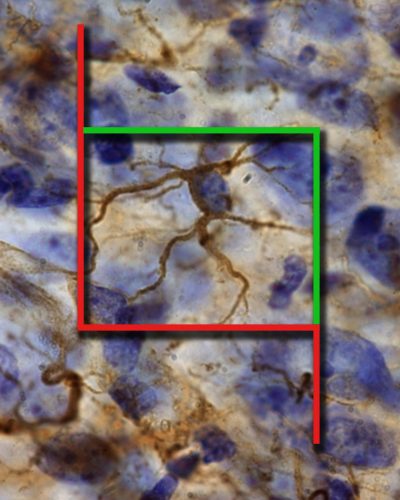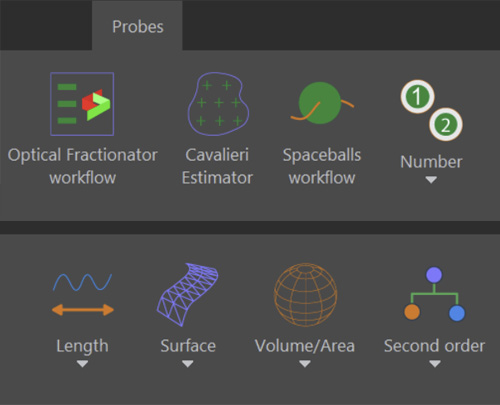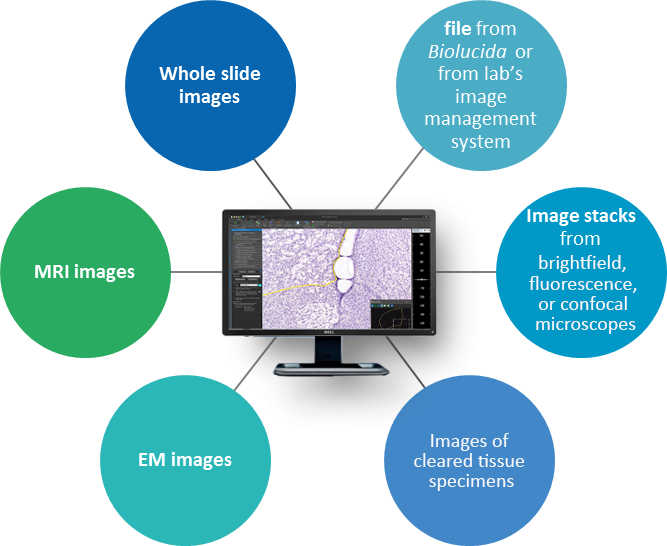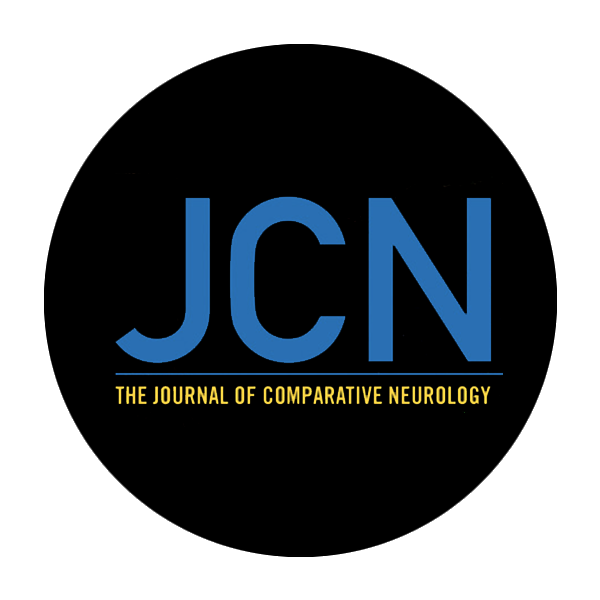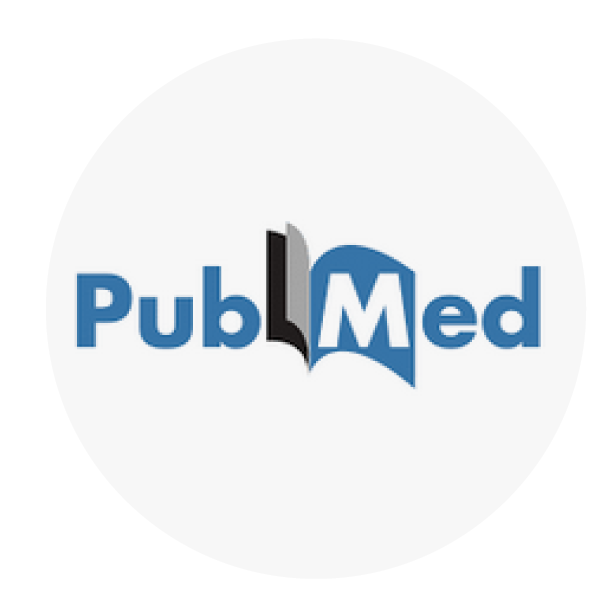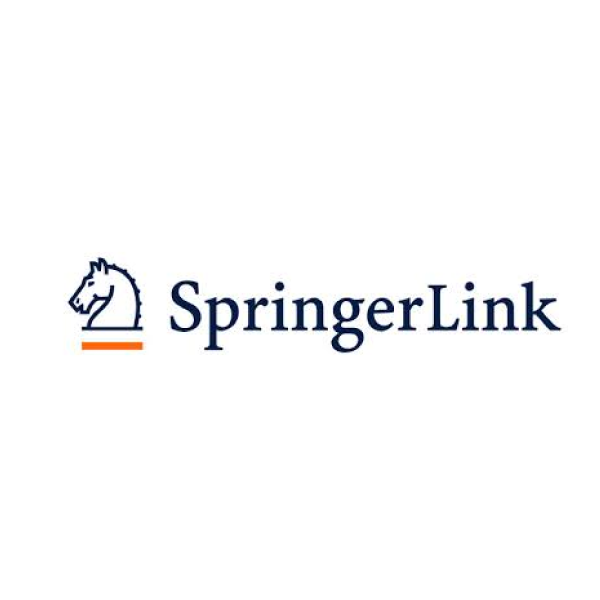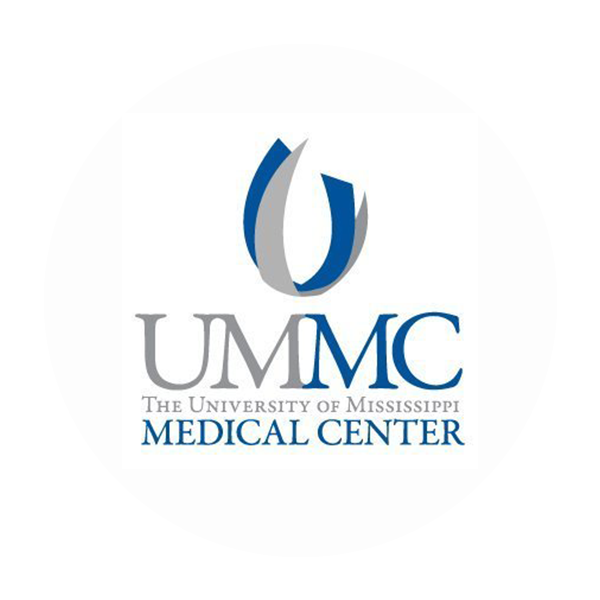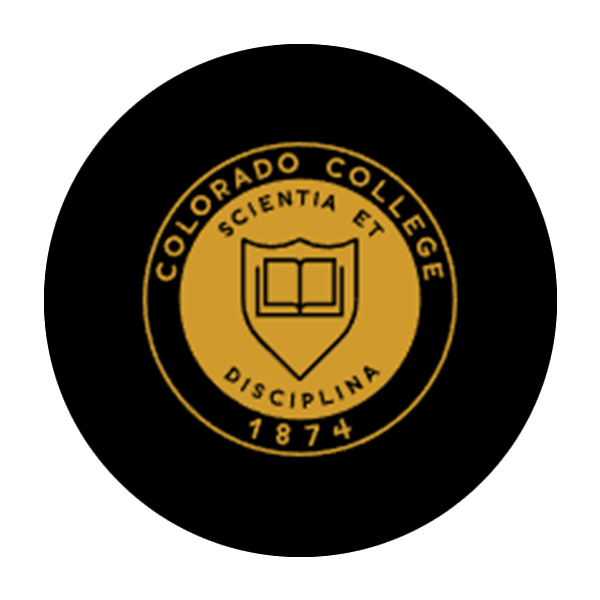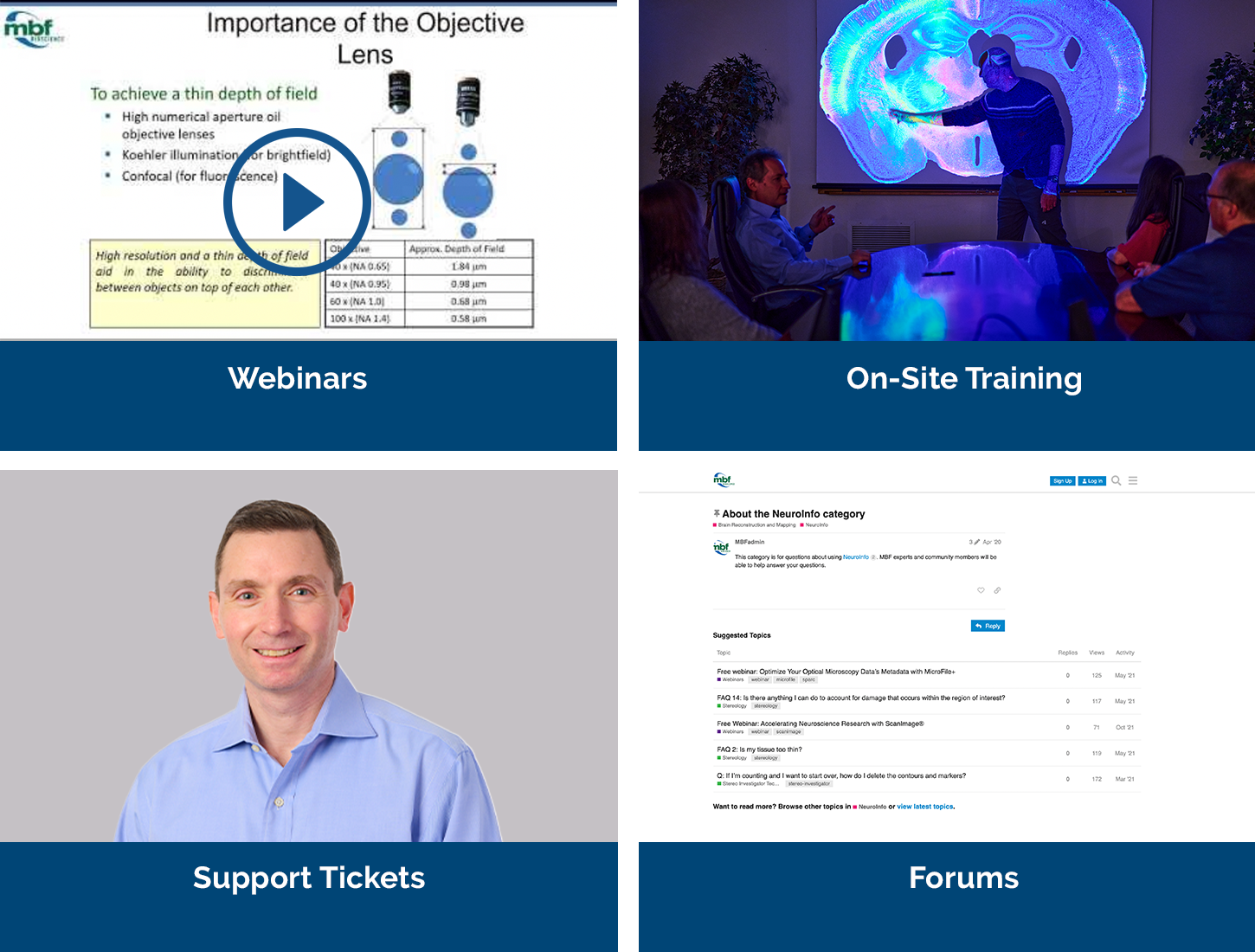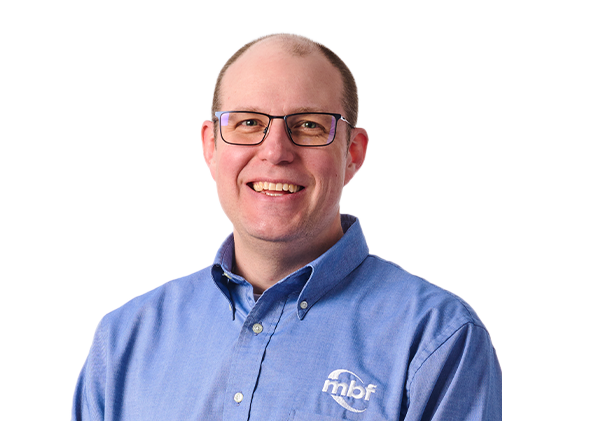Stereology made accessible
With Stereo Investigator, you can perform unbiased quantification of cell populations, lengths of fibers or vessels, or area and volume of regions using design-based stereology, a set of methods for rigorous quantitative analysis of the size, shape, and number of objects. Stereo Investigator leverages unbiased statistical sampling, that helps enable researchers to count, measure, and precisely quantify visible features in microscope specimens using any of the 20+ included stereology probes without needing to examine the entire specimen to obtain statistically valid results. Stereo Investigator makes complicated stereological analyses simpler. It navigates you through the rigorous procedures required for unbiased quantitation or morphometric analyses and generates relevant calculations needed to generate final results and statistics. When needed or desired, you can also generate reviews and audits.
Stereo Investigator software includes sophisticated computerized microscope control that is powerful, flexible, and easy to use. In a complete Stereo Investigator system, which includes a microscope, computer, and Stereo Investigator software, all individual components work together harmoniously, setting the standard for state-of-the-art stereology systems.
Join the growing community of researchers who trust Stereo Investigator to help them obtain reliable results suitable for publication in high impact-factor journals over the last 20 years. With more than 8,000 published research papers, Stereo Investigator is cited 5+ times more frequently than its nearest competitor.
Stereo Investigator has been developed with support from the National Institute of Mental Health (NIMH)
Unprecedented study reveals structure-function adaptations in the facial nucleus of elephants
>> Learn More
Stereo Investigator System for Quantifying Neurotransmitter Switching in Human Brains Installed at Dr. Nicholas Spitzer’s Lab
>> Learn More
Differences Associated with Fetal Growth Restriction are Found Using Stereo Investigator
>> Learn More
Curcumin Lowers Neuroinflammation in Mouse Model
>> Learn More
MBF Bioscience research team contributes novel dendritic spine analysis in study published in Science
>> Learn More
Diet Restriction Slows Neurodegeneration and Extends Lifespan of DNA-Repair-Deficient Mice
>> Learn More
Uncovering the role of microglia in fetal alcohol spectrum disorders
>> Learn More
Stereological Study Reveals Neuron and Glia Proliferation in Hippocampus of Lithium-Treated Mice
>> Learn More
Iron Deficiency Worsens Fetal Alcohol Spectrum Disorders
>> Learn More
Genetic Mutation Accelerates CTE Pathology
>> Learn More
Dying neurons in Alzheimer’s patients show signs of improvement after gene therapy
>> Learn More
How Transplanted Stem Cells Behave in Injured Spinal Cord Tissue
>> Learn More
Delayed loss of neurons occurs in mice with mild TBI and anxiety
>> Learn More
Higher levels of pTau found in Alzheimer’s disease patients with psychosis
>> Learn More
New Neurons Erase Memories
>> Learn More
Scientists Use Stereo Investigator in Spinal Cord Injury Study
>> Learn More
Scientists Use Stereo Investigator in Spinal Cord Injury Study
>> Learn More
Scientists Map Photoreceptor Cells of Deep-Sea Sharks
>> Learn More
Humans Generate Most Cerebellar Granule Cells Postnatally
>> Learn More
Exercise Heals the Brain After Binge Drinking
>> Learn More
Scientists use Stereo Investigator to Discover that Part of the Hippocampus Shrinks in Socially Isolated Rodents
>> Learn More
Researchers from Quebec Delay Symptoms of Huntington’s Disease in Mouse Model
>> Learn More
Hawaii Scientists Measure Density of Parvalbumin-Interneurons With Stereo Investigator
>> Learn More
New Zealand Scientists Use Stereo Investigator to Develop a New Model for Human Extreme Prematurity
>> Learn More
Scientists Assess Kidney Damage with Stereo Investigator, Determine Ultrasound Prevents Organ Injury
>> Learn More
Munich Scientists Analyze Placenta Morphometry with Stereo Investigator
>> Learn More
UCLA Scientists Count Cells with Stereo Investigator in Study Identifying Compensating Regions in Brain Damage
>> Learn More
Increased Choline During Pregnancy Improves Learning in Down Syndrome Mice
>> Learn More
Study Links Increased Touch to Enhanced Neurogenesis in Adult Mice; Stereo Investigator Used for Quantification
>> Learn More
Wisconsin Scientists Use Stereo Investigator to Quantify Neurons Formed From Stem Cells
>> Learn More
Researchers Use Stereo Investigator to Identify Abnormalities in Autistic Brains
>> Learn More
Neurolucida & Stereo Investigator Help Uncover Cerebellar Granule Cells’ Role in Muscle Memory
>> Learn More
Stereo Investigator Contributes to Study Showing Low Zinc Levels Associated With More Cell Deaths in Spinal Cord Injury
>> Learn More
Stereo Investigator Helps Scientists Assess Damage in Rat Model of Ischemic Stroke
>> Learn More
Florida Researchers Study Traumatic Brain Injury With Stereo Investigator
>> Learn More
MBF Contributes to Recent PLOS Article on New Mouse Model for Huntington’s Disease
>> Learn More
Scientists at Duke Say Mice Have Features Associated With Vocal Learning
>> Learn More
Stereo Investigator Helps Harvard Scientists Study Social Isolation’s Effects on the Brain
>> Learn More
Yale Researchers Make Breakthrough in Possible Depression Treatment
>> Learn More
UVM Scientists Use Neurolucida and Stereo Investigator to Study Neurons in the Avian Iris
>> Learn More
John Hopkins University Scientists Quantify Neurons with Stereo Investigator
>> Learn More
UCLA Scientists use Stereo Investigator to Quantify Juvenile Neurogenesis in Mice
>> Learn More
DHA Supplementation Prior to Brain Injury May Reduce Severity
>> Learn More
Washington University Researchers use Stereo Investigator to Study Axonal Transport in Parkinson’s Model
>> Learn More
University of Kansas Researchers use Stereo Investigator to Map Fetal Brain Hypoxia Sites
>> Learn More
Stereo Investigator Assists Stanford Stroke Center Scientists in Stem Cell Research
>> Learn More
Toronto Scientists Get First Direct Measurement of Myometrial SMCs in Pregnant Rat Uterus With Stereo Investigator
>> Learn More
Scientists in Spain Track Recovery in the Auditory Cortex
>> Learn More
Stereo Investigator Helps Uncover Autonomic Diabetic Neuropathy Link
>> Learn More
Yale Scientists Say AAV5 is Best for Transduction in Primates
>> Learn More
Mount Sinai Scientists Research the Effect of Aging on Learning and Memory with Stereo Investigator
>> Learn More
Stereo Investigator Helps Washington D.C. Scientists Study the Emergence of Human Language
>> Learn More
Swiss Scientists Use Stereo Investigator to Study Schizophrenia
>> Learn More
Stereo Investigator Aids in Researching Familial Alzheimer’s Disease
>> Learn More
Stem Cell Transplants Aid in Spinal Recovery
>> Learn More
Visit our blog to read more case studies




